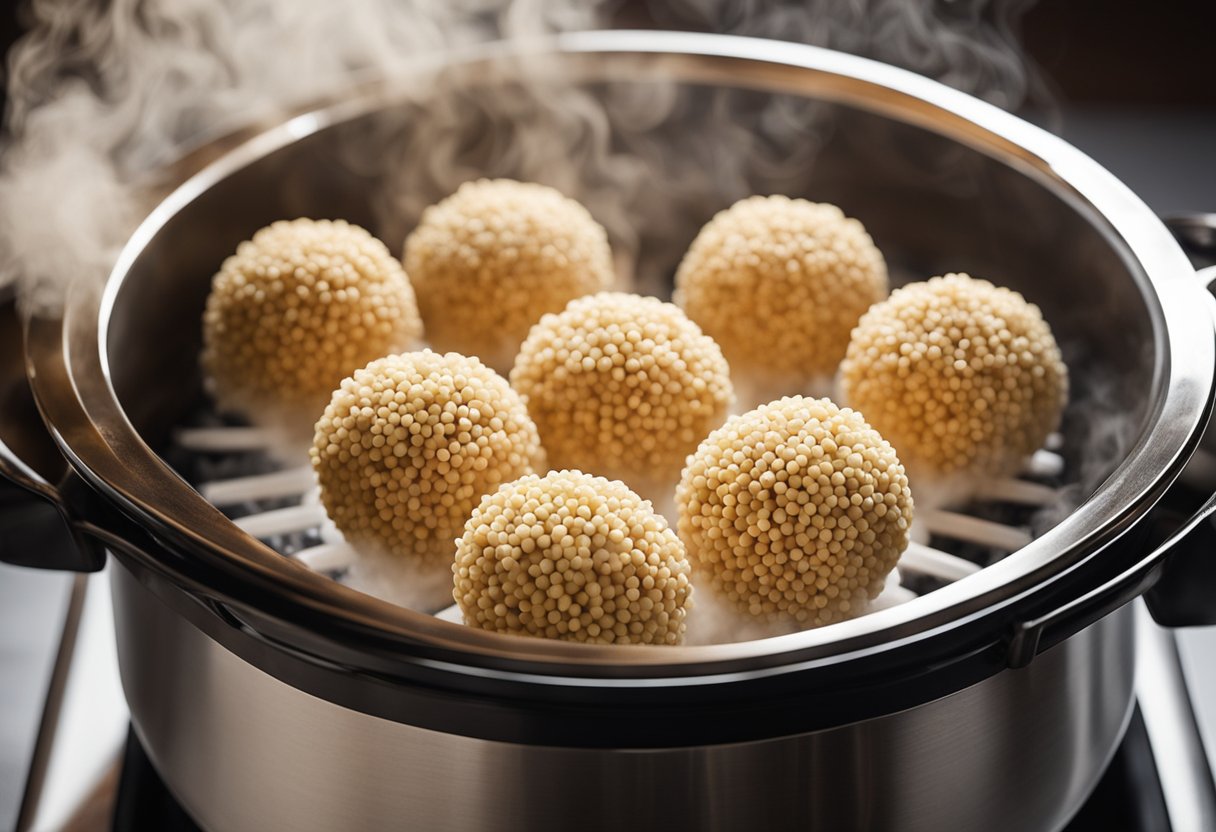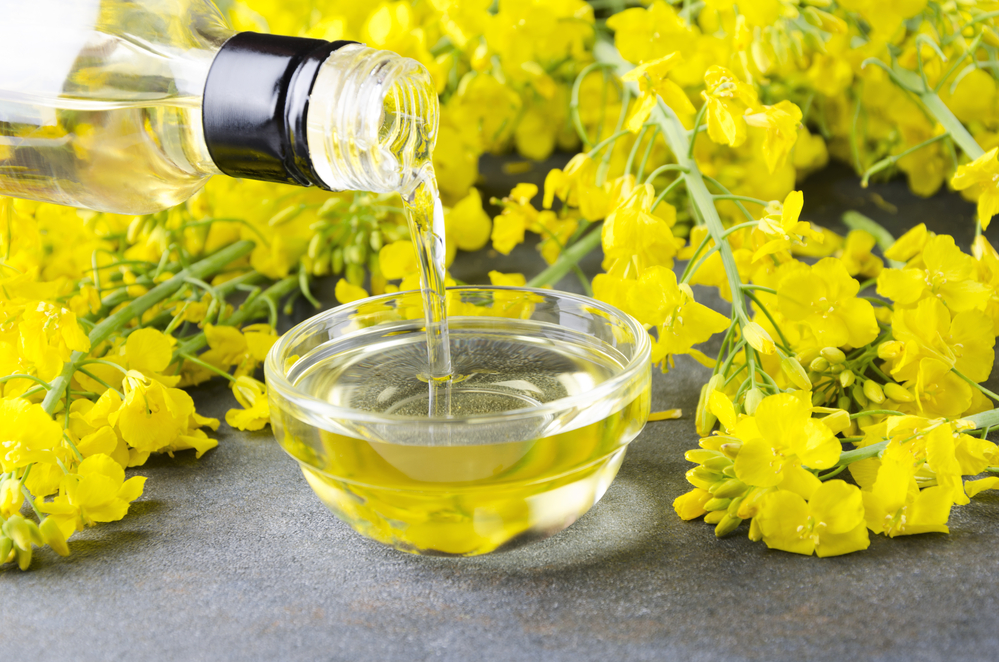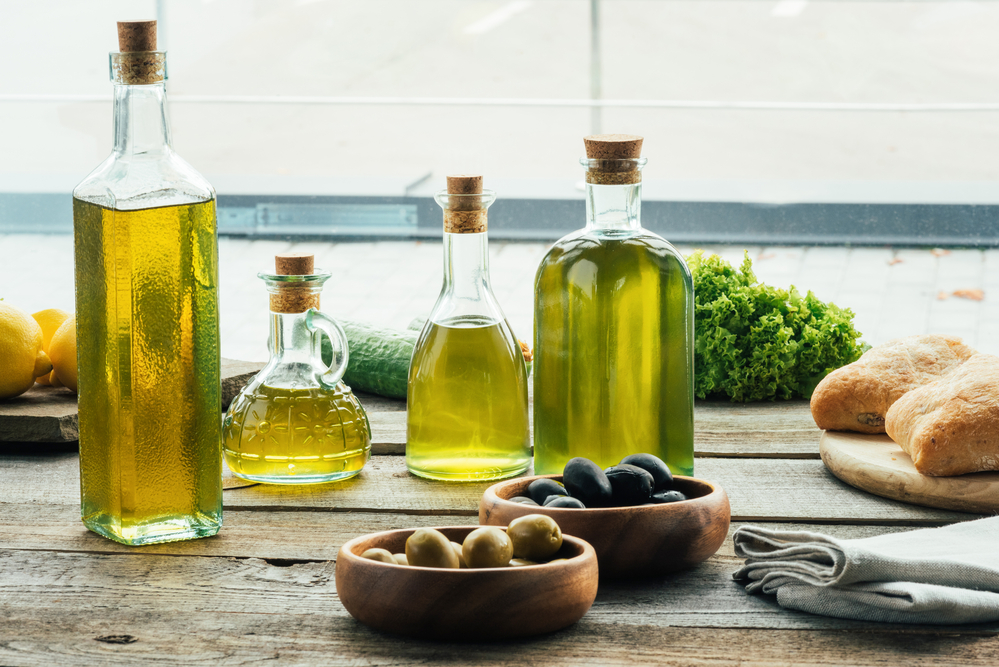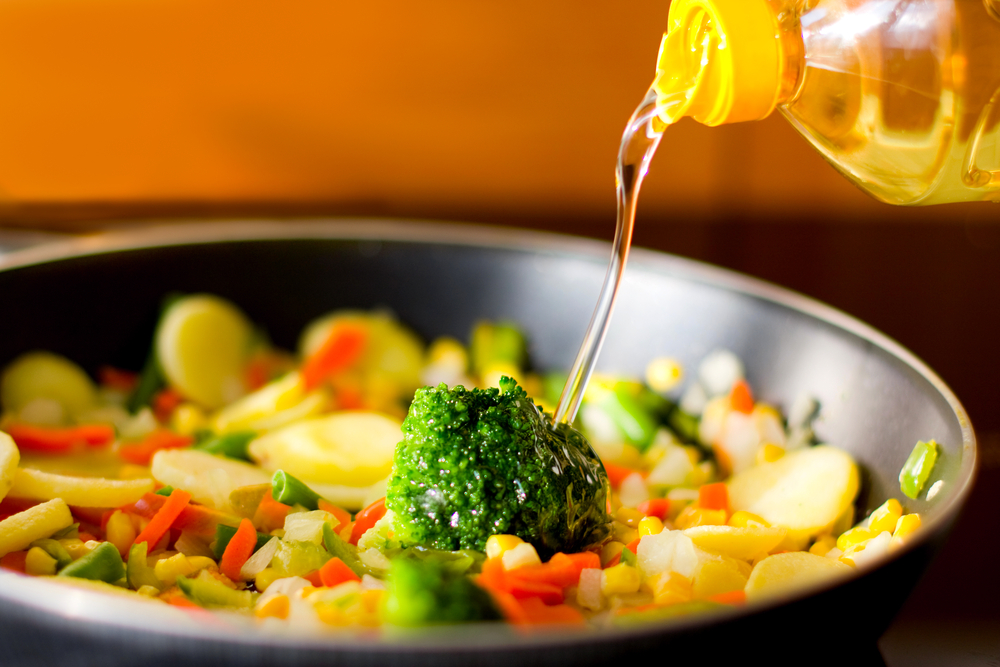Interested in making traditional Japanese dishes? You’ll likely want to know what kind of cooking oils are commonly used in Japan. What can you use to achieve the same delicious, fresh taste that you might find in a Japanese bistro?
The type of cooking oils most commonly used in Japan would be salad oils, specifically canola, sesame or olive oil. This of course depends on what kind of dish is being made and what the intended result is.
We will now touch on what salad oil means, and what kind of oils might fall under that umbrella. Then we’ll go into better detail about sesame oil, canola oil and olive oil.
What Is Salad Oil?
Salad oil does not refer to anything specific, instead it is more of a category of oils, a broad term for a whole swath of different oils. They also are used for a lot more than salad so it’s a bit misleading in that way. Essentially, salad oil is akin to vegetable oil, but they are specifically those that have a very light taste.
Some lighter vegetable oils are therefore also counted as salad oils, but let’s not complicate things. For our purposes, we can think of them as being distinct, and a major difference is that salad oils aren’t saturated. That leads to them being much healthier on average. It should be easy to recall that, since salad is certainly healthier than a lot of other foods you might partake in.
Certain vegetable oils are known for having a higher smoke point, and so they’re more oxidized, which isn’t a great trait for the health nuts out there. Compare that to most salad oils, healthier than your average dressing thanks to the kind of fats that they provide. These are invariably considered “good fats”, coming from healthy sources like veggies. They also lack additives and other ingredients that might artificially bolster other oils.
Other popular oils that fall under this umbrella include Avocado Oil, Walnut Oil, Peanut Oil and most famously, Olive Oil. Now that we’ve established what salad oil is, let’s get into two major ones that have a big part to play in Japanese dishes.
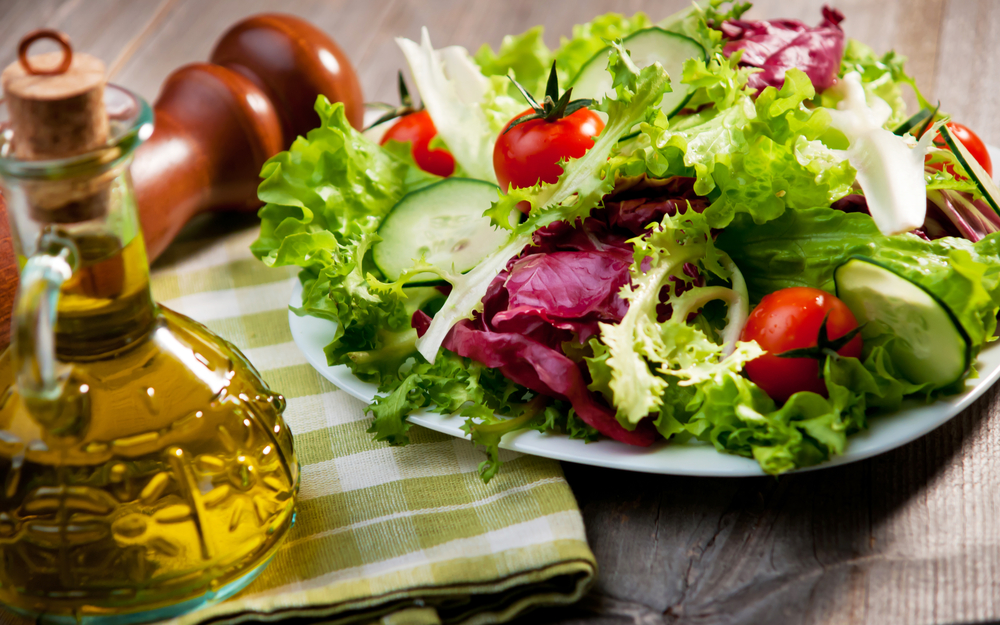
Canola Oil
Canola oil is an evolution of rapeseed oil, one of the oldest known vegetable oils out there. Canola was created in Canada, and the word is a fusion of ‘can’, the first three letters of Canada, and ‘ola’, which denotes oil. There are tons of varieties of canola oil with improved seed quality, leading to a huge boom in production.
It’s known for its applications for fried or marinated foods in particular around the world, as well as for having a solid heat stability. That’s a pretty essential step for being an effective cooking oil. Now, as far as Japanese dishes are concerned, canola oil is most commonly utilized for deep fried tempura. It’s also frequently blended with other oils for use on hibachi.
Sesame Oil
Sesame oil is made via toasted sesame seeds and is noted for its nutty taste. It too is associated with tempura, but also a variety of other things. From sauces and dressings to stir fries and ramen, they’re also a great aid for frying, seasoning and sautéing many a dish. There is a variation on sesame oil that is even lighter and nearly odorless, but this is less common and more of a pure cooking aide.
If you’re looking to use sesame oil to enhance a Japanese dish, it is recommended that you go for Japanese oil in particular, since other types might be sweeter and could alter the dishes’ flavor. Sesame oil is a real mainstay in Japanese kitchens and is a very close second as far as the most common cooking oils used in Japan today.
Olive Oil
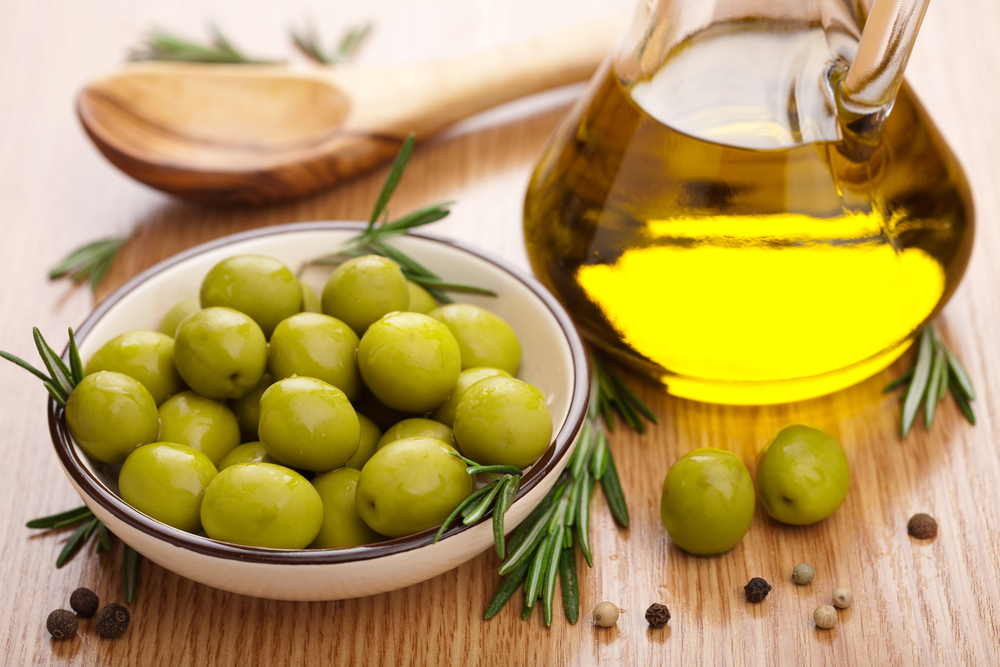
This is a curious thing. Many would say that olive oil is not suitable for Asian cooking and indeed it’s not used for traditional Japanese dishes at all. That only stands to reason given that olives are not native to Japan in the first place. And yet, the popularity of olive oil is surging big time in the East. In fact, according to Statista’s survey of Japanese people, 81% answered affirmatively to using olive oil, giving it a narrow lead over all other salad oils.
So what gives, what is the discrepancy here? Well, despite what we might think, they don’t just eat traditional Japanese food in Japan. They’re no more beholden to their native dishes than any other country, and judging by Statista’s findings, they make heavy use of it for non-native dishes.
That of course means it’s not relevant if you’re looking to get into Japanese cuisine, but as far as specifically answering the question of what cooking oils the Japanese use, we couldn’t rightly ignore the statistical #1 answer!
In Conclusion…
This list probably didn’t turn out to be as exotic as you might expect. But we live in a very interconnected world and ingredients are used and shared across the globe. So it shouldn’t be any surprise that cooking oils turned out the same way.
Generally speaking, salad oils are the most popular kinds of oil used in Japan. Among them, canola oil and sesame oil are the most closely associated with traditional Japanese dishes. But it would seem that these days, the not-at-all traditional olive oil is gaining steam in a big way in the East!
It’s the oil that they use the most commonly, but you certainly wouldn’t want to apply that to tempura or ramen!


